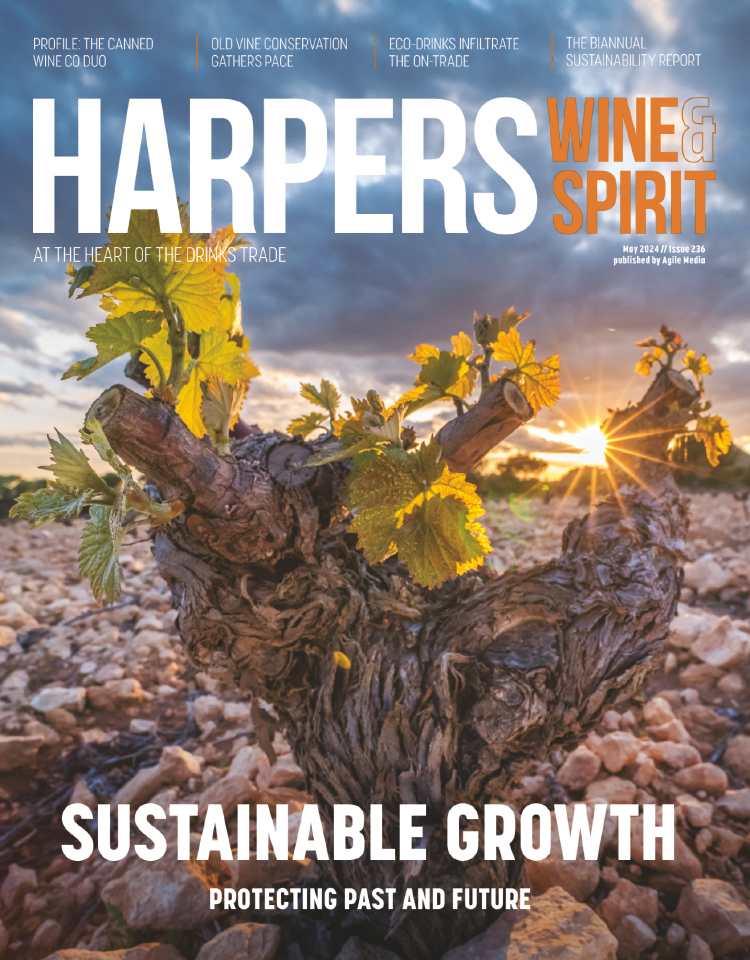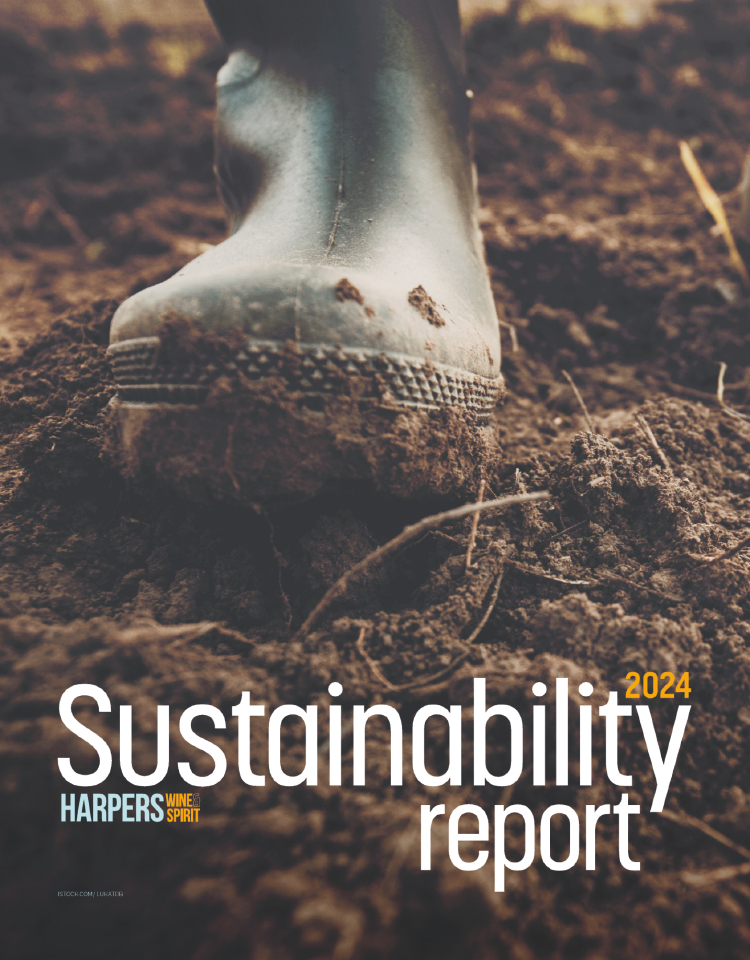
La Rioja Alta reaches new heights
La Rioja Alta, a leading Rioja wine producer, is to plant new vineyards at high altitude in the mountains of the Rioja Alavesa sub-region, company chairman Guillermo de Aranzabal has revealed.
“This year we will plant about 20ha of Tempranillo-led vines at about 800m in altitude,” de Aranzabal told Harpers at the recent Best of Rioja tasting in London.
La Rioja Alta, a producer famed for its Gran Reserva 904, said it had acquired two cereal farms in Rioja Alavesa to plant red grape varieties, which it is understood will help the company to make wines with higher acidity and lower alcohol levels.
- Read more: Wine Paris extends international reach
De Aranzabal explained that a changing climate had prompted the company to move production to areas of higher elevation in the mountains of the Sierra de Toloño, which protect vines from northerly winds and where temperatures are lower, but the climate remains dry with a Mediterranean influence.
La Rioja Alta is based in Haro in the Rioja Alta sub-region; however, it is increasingly investing in Rioja Alavesa in the Basque Country of Spain, where the company said it obtains high-quality fruit “year after year”.
As well as building a new fermentation facility at its Torre de Oña winery in Paganos, La Rioja Alta is continuing to buy up more than 50ha old vine vineyards in around Elvillar at 600m of elevation in Rioja Alavesa.
The company has said buying the best vineyards was a key element in improving the quality of its top wines, allowing it to reject other grapes.
La Rioja Alta’s fresh investment in Alavesa comes in the wake of a difficult 2023 harvest in the neighbouring sub-regions of Rioja Alta and Rioja Oriental, where, following high summer temperatures, producers reported a deluge of rain during September, which disrupted the harvest and led to botrytis.
“In 2023, we saw a big difference between regions. While Rioja Alavesa showed great quality, Rioja Alta and Rioja Oriental didn’t produce such quality grapes, although there were some exceptions,” said Guillermo de Aranzabal Bittner, a director at La Rioja Alta (and son of the chairman of the company).
According to Manuel Muga, chairman of Bodegas Muga, also showing at the tasting, the 2023 harvest started as early as August and ran into October in some areas. The Haro-based company has also looked to Alavesa, last year acquiring a winemaking facility from the co-operativa Solagüen in Labastida.
Elsewhere, Juan Carlos Sancha, one of the few organic wine producers in Rioja, and oenology professor at the Universidad da La Rioja, said Rioja producers were grappling with increasingly long summers and high temperatures with vines suffering from water stress.
Sancha, who has recovered native grape varieties and old vines in Najerilla in Rioja Alta, hailed the 2017 vintage as the last to naturally achieve good balance in the face of climate change. Despite the impact of frost on the quantity of production, the year produced high-quality grapes with low pH (thus higher acidity) and wines which now show a dazzling intensity.








